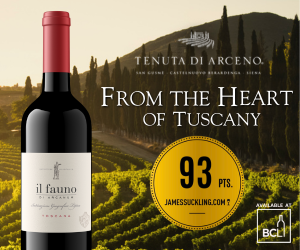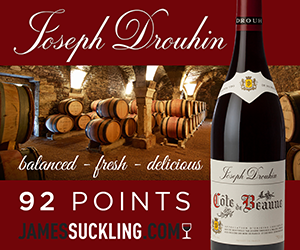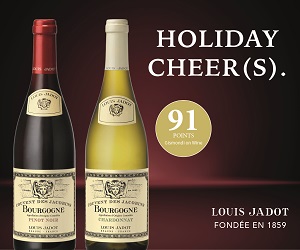It is very difficult to imagine that quality can exceed the brilliant vintages of 2001 and 2002!
- However, in 2003 "the summer of the century" took the quality to new heights and the winegrowers experienced new challenges to their already hard and long working life.
The stormy start into the new year ruined about 75% of our grapes in the Mülheimer Helenenkloster vineyard which were destined to become Eiswein. We finally harvested on 8th January when we picked the remaining grapes at - 12° Celsius. After that short cold spell we had a very mild winter with sufficient rain and humidity. In March the sun was seen much more often than in the long term average to date - and this lasted! This record of sunshine hours and high temperatures went on for the entire growing season, interrupted by short and heavy downpours in May.
The bud break started at the end of March and the "greening" of the hills was seen at the end of April - 14 days ahead of normal. Flowering took place in the first week of June and went perfectly well. From that moment we knew, that we could possibly have another outstanding vintage. The lead period in the growing cycle did reach three weeks and this was maintained through the harvest.
Due to the perfect flowering we carried out an initial thinning out of the inflorences to reduce prospective quantity. A sufficiently humid June was followed by a far to dry and hot July and August, the latter writing meteorological history. That month had 26 summer days with temperatures exceeding 25° Celsius (usual there are only 4 to 5), of these were eleven consecutive days with temperatures higher than 35° C. Such an "embaras de richesse" we did not experience in 1976, 1959, 1949, 1947 nor 1921! With more than 100 years of weather records there has never been such a hot and dry summer season.
The downside of that heat was stress and sunburn of the vines, grapes and leaves. In order to unburden the vines we carried out a severe "vendange verte", in August, eliminating all defective grapes and dried up leaves. In extremely steep and terraced vineyards we tried to relieve vines by watering and often flat ploughing to interrupt the soil's capillary system.
The maturation of the grapes was favoured by a warm and dry "Indian summer" in September, so that we started grape picking on 7th October - much earlier than usual in the Mosel-Saar-Ruwer. Grape picking went without problems, even considering that an early frost on 18th October did stop the growing season abruptly. The last grapes, with exception of those destined to be Eiswein, were picked on 11th November.
Our expectations for quality and quantity have been more than fulfilled. All grape juice was picked in between 90° - 115° Oechsle, the most commonly seen sugar concentration was 100° Oechsle! We have never had such a result in our estate. The closest rival is probably the 1959 vintage. According the wine law levels we harvested only "Auslese" grape musts. Now the problem we have is that we must "downgrade" to be able offer from Qba, through Kabinett- and Spätlese wines to the great Ausleses in order to show the full range of levels. It is understandable that future comparisons to Prädikat levels of other vintages might be difficult and unfair. The high degrees of sugar concentration did favour the noble sweet wines - the Brauneberger Juffer Sonnenuhr Riesling Trockenbeerenauslese reached in excess of 250° Oechsle!
The development of acidity was a special focus of our attention before and during the harvest. The EU commission, in a very quick and unbureaucratic way of decision making, did follow France's plea allowing for the first time the addition of tartaric acid and subsequently German wine growers were able to benefit. We did use this method, adding tartaric acid to the grape juices where necessary. The problem however did not reach the level it was thought it might and obviously Riesling obviously did cope with this problem well.
In spite of thinning out after flowering, "vendange verte" in August and very careful selecting during the harvest our crop was at similar level as in 2002 (60 hl/ha). We had expected a much lower yield. Obviously the old winegrowers saying that "small quantity expectations are usually followed by even smaller results" is no longer when applied to this harvest!
The first tastings of the young wines confirm our high expectations for concentration, richness of fruit, clean flavours and perfect balance. The 2003 vintage will definitely favour the growing demand for Riesling wines throughout the world and thus continue the present trend. Please keep your fingers crossed, that we will have the possibility of an Eiswein harvest. Due to the natural sugar concentration in the grapes we really need deep freezing temperatures. But we did cope well with this problem in 1976 - the Max Ferd. Richter estate was the only one in the Mosel Saar Ruwer to make an Eiswein.
Dirk Richter

 quicksearch
quicksearch






